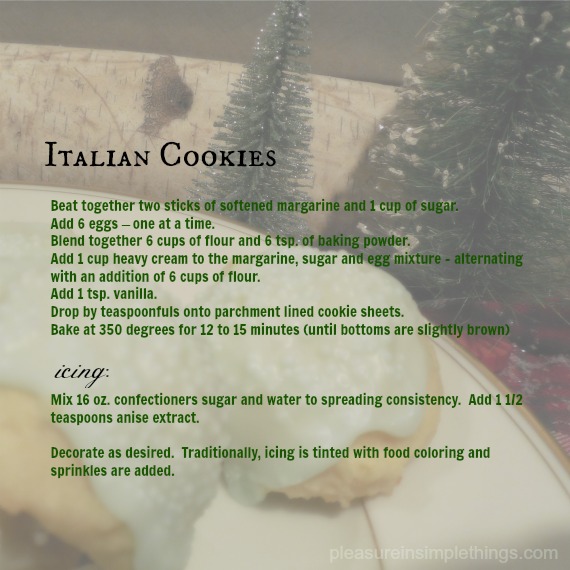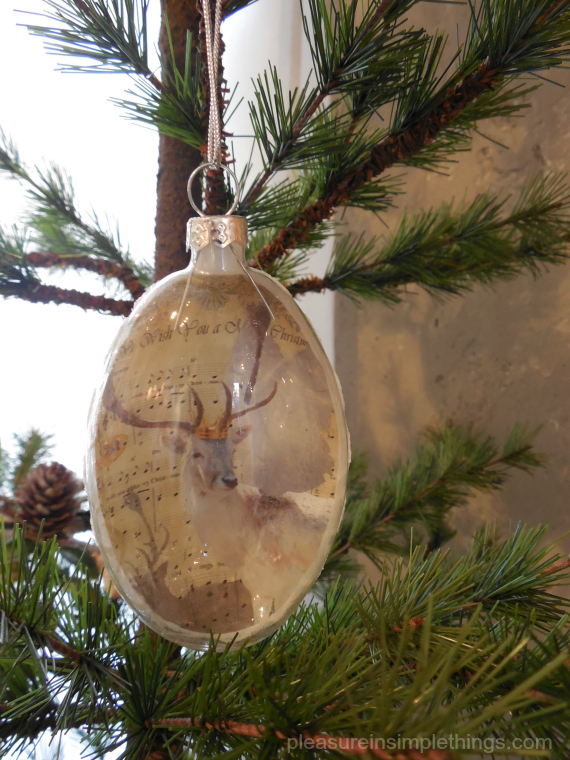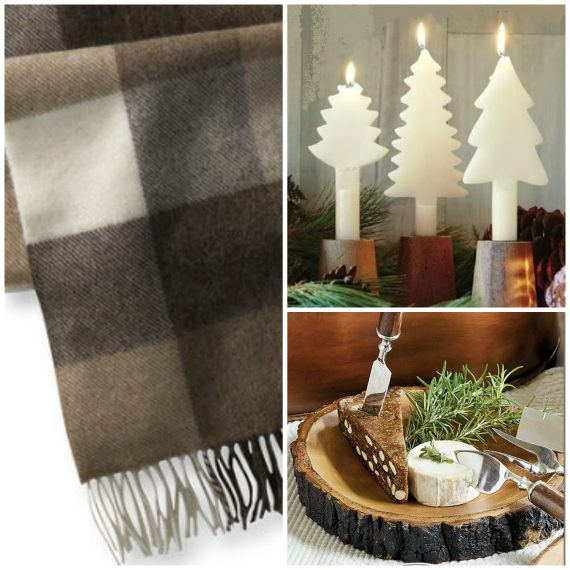
Have you ever thought about the flavor differences in types of vanilla extract? With Thanksgiving so close (…think fresh vanilla whipped cream on those pies!…) I thought it would be perfect timing to share a Friday field trip to explore these differences.
To do so, I attended a vanilla ‘class’ at Williams-Sonoma – great preparation for holiday baking! I am sharing a little of what I learned and I am also including a simple recipe for holiday gift giving – vanilla sugar. (Wondering how I am tying vanilla sugar into my woodland holiday theme? Isn’t tasty vanilla sugar needed for sprinkling on berries? What better to add to a tray of fruits, nuts & berries? Or, to give in a pretty jar accompanied with fresh berries? Yum! )
In simple terms, vanilla extract is made by chopping vanilla beans, soaking them in a mixture of alcohol and water, and then aging the solution.

Taste testing three vanillas in milk at Williams-Sonoma. I also had the opportunity to taste vanilla in homemade vanilla ice-cream and to taste vanilla in pumpkin bread served with vanilla whipped cream.
The differences in taste occur based on where the vanilla originates. At Williams-Sonoma, I had the opportunity to taste test the three most common kinds – Tahitian, Mexican and Madagascar Bourbon – the Mexican and Madagascar Bourbon beans are more strongly scented, while Tahitian are more delicate. Mexican beans are in short supply, however, while Madagascar Bourbon beans make up about three-fourths of the total supply.
Tahitian Vanilla is grown on the island of Tahiti; this distinct member of the vanilla family is prized for its aromatic, fruity, cherry-like flavor. A favorite of French pastry chefs, Tahitian vanilla performs best when used in low or no-heat applications, as its delicate flavor can become weakened in the presence of high heat. Enjoy Tahitian pure vanilla extract in refrigerated and frozen treats, fruit pies and sauces, cream fillings, smoothies and shakes. This vanilla is ideal for a vanilla ice cream that is to be served with fresh fruits or fruit desserts.

Vanilla, one of the most popular flavors in the world, originated in Mexico. Mexican vanilla is known for its creamy, spicy flavor that has a special affinity for dishes that contain chocolate, cinnamon and other warm spices. When properly processed, Mexican vanilla is of exceptionally high quality and flavor. Enjoy Mexican pure vanilla extract in cookies and cakes, chocolate drinks, confections and frozen treas. Also try it in spicy savory dishes, such as chili, tomato sauces and barbecue sauces.

Made from beans from on the island of Madagascar, Madagascar Bourbon vanilla is the king of vanillas. It takes the name “Bourbon” not from Kentucky whiskey, but from the French Bourbon court that ruled Madagascar in the 1800’s. Madagascar Bourbon vanilla is considered to be the highest-quality pure vanilla available, described as having a creamy, sweet, smooth, mellow flavor that blends beautifully with a variety of foods. It is especially suited to rich foods such as ice cream and butter cream as well as cookies, cakes and confections.
I think this is a great guide for those of us that haven’t attended pastry school! Thank you Williams-Sonoma! I also learned that when adding vanilla extract to hot food, to first let the food cool for a few minutes. When the extract is added to hot food, the alcohol evaporates, taking with it some of the vanilla flavor!
I hope you enjoyed today’s Friday field trip exploring the differences in vanilla extract!
Have a wonderful weekend and remember to take pleasure in simple things, Jackie








































































